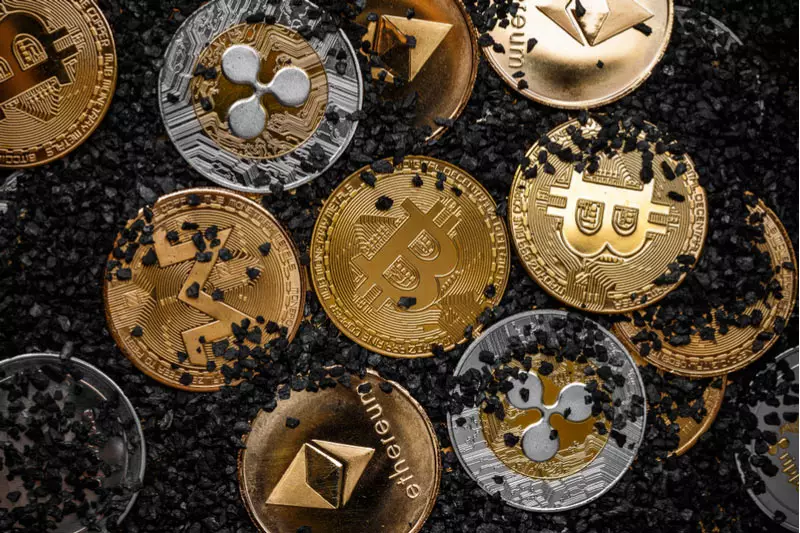The cryptocurrency market has entered a peculiar phase characterized by the proliferation of so-called “memecoins,” with David Einhorn of Greenlight Capital recently likening the current climate to the “Fartcoin” stage. This evaluation raises an essential point regarding the changing dynamics of cryptocurrency values, particularly when many of these newly minted coins lack substantive utility beyond facilitating speculative trading. The ascent of Fartcoin, which skyrocketed to a market capitalization exceeding a billion dollars, epitomizes this trend. Such valuations can be disconcerting, especially when contextualized within the broader spectrum of financial stability and investor rationality.
One of the glaring issues with memecoins like Fartcoin and even the more established Dogecoin, which boasts a market cap around $55 billion, is the question of intrinsic value. Dogecoin was initially conceived as a parody of the cryptocurrency market itself, but it has subsequently morphed into a speculative vehicle for investors drawn in by the allure of quick profits. The valuation of these currencies is largely driven by market perceptions, as highlighted by Einhorn, rather than any foundational support or utility. This indicates a troubling reliance on collective sentiment rather than on traditional financial indicators like revenue or profit, painting a volatile portrait of what constitutes “value” in this digital asset realm.
The foray into the cryptocurrency space by political figures adds yet another layer of complexity. For instance, the emergence of Trump’s memecoin, reportedly achieving a staggering valuation of $40 billion, has triggered a frenzy of speculation around its potential. Given that 80% of these coins have not yet been issued, the financial implications for Trump and his organization are noteworthy — with estimations suggesting assets nearing $32 billion. Such involvement raises ethical questions and highlights the intersection of politics and speculative finance, further entrenching the idea that cryptocurrencies are now as much about social and cultural dynamics as they are about technological innovation.
As the cryptocurrency landscape evolves, Einhorn’s preference for physical art, like a Jackson Pollock painting, over Fartcoin underscores a crucial shift in how value is perceived. The decision to invest in tangible assets as opposed to fleeting digital currencies may reflect a deeper understanding of financial history and the cyclical nature of markets. In an era marked by rapid technological advancement and speculative mania, understanding what constitutes true value becomes increasingly important for both investors and regulators.
Ultimately, the trajectory of the cryptocurrency market remains fraught with uncertainty. As the community witnesses a transition from the Fartcoin stage to the more politically charged Trump and Melania memecoins, volatility is likely to persist. Investors would do well to approach this evolving marketplace with caution, recognizing that while the potential for quick gains exists, so too does the peril of significant losses. The future is unpredictable, and as this speculative bubble grows, the real challenge will be reconciling the digital fervor with sustainable financial principles.

